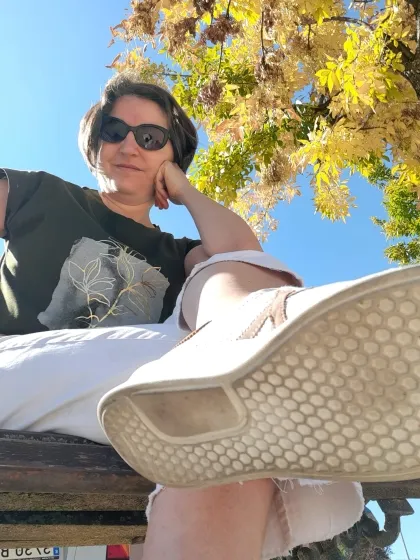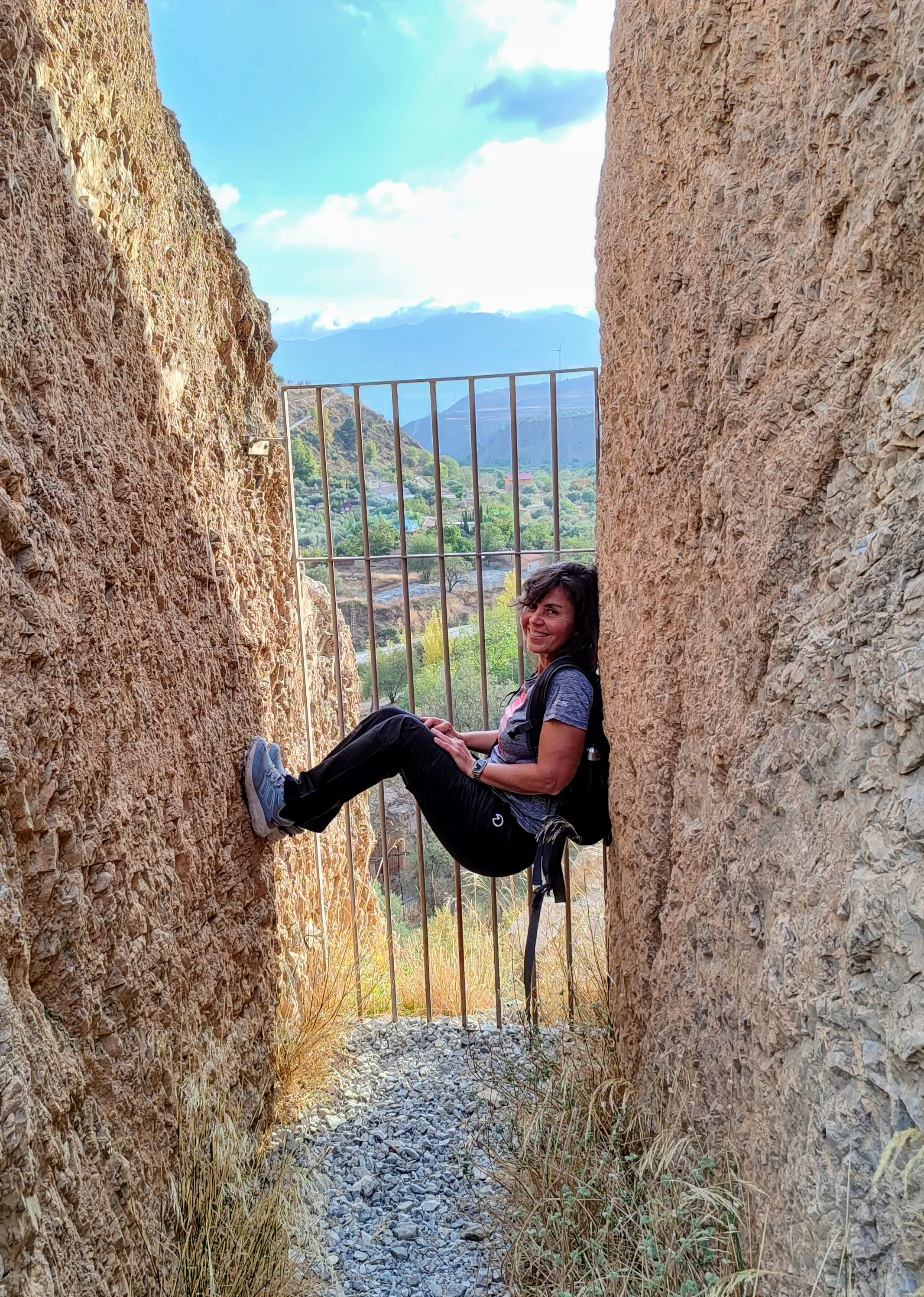crash said:
meginer said:
No, it is not the same, of course.A low food in hydrates can make you enter nutritional ketosis, ...
I appreciate the comment @meginer.For what I have read in the you are a doctor.I take advantage of your experience and knowledge if you allow me.
It is clear to me that ketosis is nutritional and ketoacidosis is already a serious pathological matter.
meginer said:
... Many of us follow such a pq food allows us to control the glycemia and not have so many ups and downs, but that is not dangerous because we have insulin (the q we are injected)
I try to understand what you say, give the impression that you explain it for your case or for a DM1.As dm2 I am carrying a diet that does not produce ups and diet but as I have indicated I do not use insulin .I exercise about two hours a day and try to match this exercise after having had breakfast or eaten.I understand that this exercise helps my muscle cells to absorb blood glucose more easily and that it does not accumulate, for example, as a fat in my abdomen.Which will avoid hyperglycemia.
meginer said:
the dangerous is cdo there is hyperglycemia and there is no insulin, as can happen on the.debut or if you have a fat infection, then there may be ketoacidosis, and that is verySerious.
I have also read that when the liver is intense intense, a greater amount of the glucose stored in the bloodstream is released, this raises blood sugar and if it rises too much it is when it can cause diabetic ketoacidosis.
After your comment on infections I have sought about it and the relationship is that an infection or other disease can cause the body to produce higher levels of certain hormones, such as adrenaline or cortisol.These hormones act against the effects of insulin and sometimes cause diabetic ketoacidosis.I understand that this is what you referred to.Which should not happen if we have controlled glucose levels and drink a lot of water to eliminate those ketones.In my case it is, I drink no less than two and a half liters daily and I am controlling the glucose levels with diet and exercise.I usually walk pending ganglia from that of infections but never knows.
What you comment on hyperglycemia without insulin is already more relative to my case since I do not inject insulin .I understand that my pancreas is still operational so it still produces insulin.
If I am right, such as DM2 (specific to this although there will be things that will be similar for DM1) our insulin receptors in the cells are damaged and do not allow the absorption of it and so that the cell can metabolize glucose.And here comes my question, does the exercise stimulate muscle cells so that somehow insulin receptors work again or the metabolization of glucose occurs without these receptors entering into action?
meginer said:
In my case my goal is not to enter nutritional ketosis but control blood glucose.
I understand what you say, although I understand that being in nutritional ketosis could also help control glycemia.
Sorry for the brick, but I want to understand how the disease works and be prepared.I leave it here because I understand that it can be very heavy to be aware of rookies like me.
Greetings and have a great day.I soon have breakfast and walk.I wonder when this routine will end and I answer that never, this is for a lifetime!So another day without dinnerPizza.
I try to answer in parts
DB ketoacidosis only occurs in type 1, type 2 can also have another very serious alteration that is hyperosmolar coma, but not ketoacidosis PQ so that the latter is necessary hyperglycemia while lack of insulin insulin, the twoThings together.A type 2 diabetic does not have a priori insulina resistance of that its own insulin and a malfunction of it.
But a DB type 1 can perform a low food in hydrates and thus the control is better PQ needs little exogenous insulin and that makes the control better, do not have so many high ups and downs. It is more difficult to make mistakes with the dose.You can enter ketosis but it is not what is sought in a type 1 but in a type 2 you can also enter nutritionYour reserve will last more and also, there will be less insulin in the blood and therefore less fat (insulin is an anabolical hormone, there is an excess of hydrates in the diet, your pancreas produces a lot of insulin and puts glucose in the cells in the cellsBut as it is going to be left over, it is stored in the form of fat).For type 2 DB, this type of food is quite beneficial, so, and insulin resistance is decreased that is fundamental.
To what do you exercise intense, you can enter cetacidosis, it is not.
I already tell you that an impossible type.
If it is a very anaerobic exercise, stress hormones that glycemia can rise are produced but a DB 2 produces and compensates and a type 1 puts it (fast and slow, with what could upload something but not produce ketoacidosis as it is notOne left the tto with insulin.Pretty tpo with an intense anaerobic, ne put a unit or one and a half of insulin before, but carefully, what I do is that that unit then took it out of the dose before dinner, because I know that I will lower me later.
And the latter, infections make insulin resistance increase, in type 2 nothing is usually increased by production, you can have somewhat higher blood glucose but in a type 1 like all insulin is external administration,You may have to put the usual dose three and four times. It seems that it was water.



